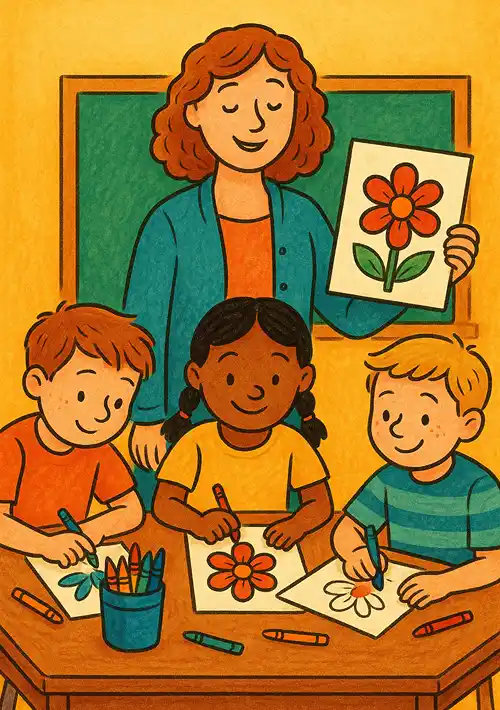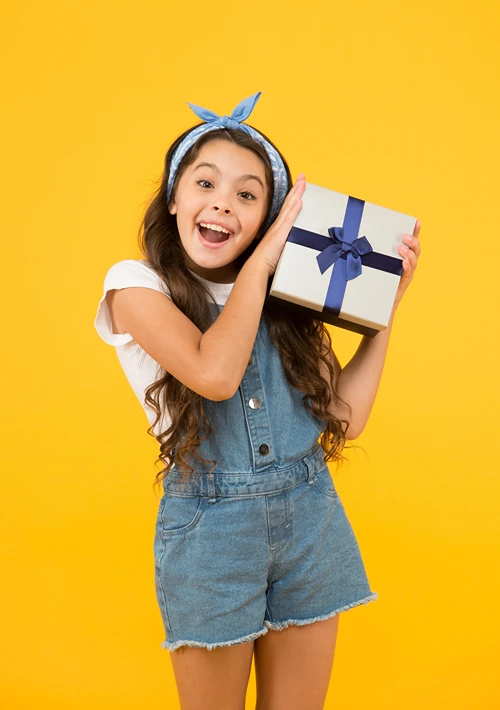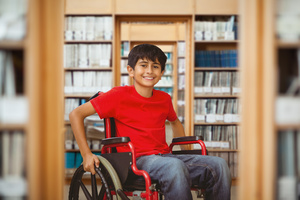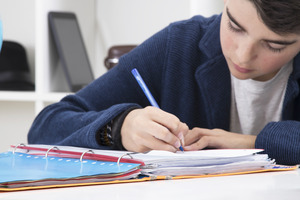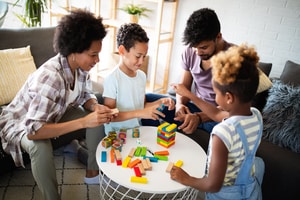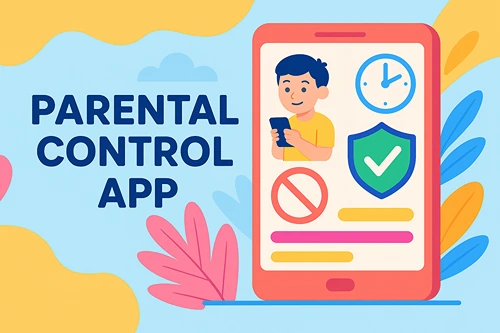From Novice to Artist: 5 Pro Tips to Master Your Paint by Numbers Project
Paint by numbers has experienced a massive resurgence across the UK, evolving from a nostalgic childhood pastime into a respected method for mindfulness and artistic expression. It offers a structured way to create stunning imagery without the daunting prospect of facing a blank canvas.
However, there is a distinct difference between simply filling in gaps and creating a piece of art that looks professionally finished.
If you are looking to transition from a hobbyist to a skilled painter, the technique matters just as much as the image you choose. Whether you are working on a standard landscape or a sentimental custom paint by numbers art kit, adopting a few advanced strategies can transform your final result from a simple colouring exercise into a masterpiece worth framing.
Here are five essential tips to elevate your skills from beginner to advanced.
1. The “Light to Dark” Philosophy
One of the most common pitfalls for beginners is attacking the canvas randomly. Experienced artists understand that the order of application is crucial. Always begin with your lightest hues before moving on to the darker tones.
The reasoning is practical: acrylic paint is generally opaque, but dark colours are far more dominant. If you accidentally paint over a border with a pale cream or yellow, covering it later with a deep blue or black is effortless. Conversely, trying to hide a dark smudge with white paint often requires multiple thick layers, which can leave an uneven texture. By starting light, you ensure a forgiving base that keeps your canvas looking crisp.
2. Curate Your Studio Space
You cannot produce high-quality work in a cluttered, dimly lit environment. Professional artists treat their workspace with respect, and you should too. Set up a dedicated area with a flat, stable surface and, crucially, excellent lighting. Natural daylight is ideal for colour accuracy, but if you are painting in the evening, a daylight-simulation lamp is a worthwhile investment to prevent eye strain.
Organise your workspace efficiently. Keep your water pot, paper towels, and brushes on your dominant side to avoid reaching across your wet painting. If you are using a personalised kit based on a photo, keep the original reference image propped up nearby. This allows you to compare the nuances of the image rather than relying solely on the numbered guide.
3. Master the Art of Layering
A tell-tale sign of a beginner’s painting is the visibility of the numbers or grid lines through the paint. To achieve a rich, professional finish, avoid the temptation to apply one thick glob of paint. Instead, embrace the technique of layering.
Apply a thin, even coat first and allow it to dry completely. If the number is still visible, apply a second coat. This method creates a smoother surface and ensures the colours appear vibrant and solid. It is particularly important for lighter shades, which naturally have less pigment density. Patience is key here; rushing to add a second coat whilst the first is damp will only drag the paint and create a streaky finish.
4. Brush Hygiene and Maintenance
Your tools are the extension of your hand, and their condition dictates the quality of your strokes. Acrylic paint dries rapidly and becomes water-resistant once set. If paint creates a build-up at the “ferrule” (the metal part connecting the bristles to the handle), the bristles will splay, making precision work impossible.
Get into the habit of rinsing your brush immediately after finishing a colour or even during long sessions with the same colour. Never leave brushes resting bristles-down in a water pot, as this bends the tip. By maintaining a sharp point on your brushes, you ensure you can tackle even the most intricate sections of your canvas with confidence.
5. Softening the Edges (Blurring)
Strictly following the lines creates a “mosaic” effect, which is classic for paint by numbers. However, to achieve a more realistic, painterly look—especially for portraits or clouds—you may want to soften the transitions between colours.
This is an advanced technique where you slightly blend two wet colours where they meet on the canvas. Alternatively, you can use a technique called “zig-zagging” with a very dry brush to break up the hard line between two dry sections. This is particularly effective when working on custom kits involving faces or animal fur, where sharp lines rarely exist in nature.
Conclusion
Becoming an advanced painter is not about talent; it is about patience and process. By organising your space, caring for your tools, and thinking critically about how you layer your colours, you can produce a painting that belies its numbered origins. Whether you are capturing a family memory or a scenic view, these tips will ensure your art stands the test of time.
Related Reading
Practical fun tips for teaching art to kids.


